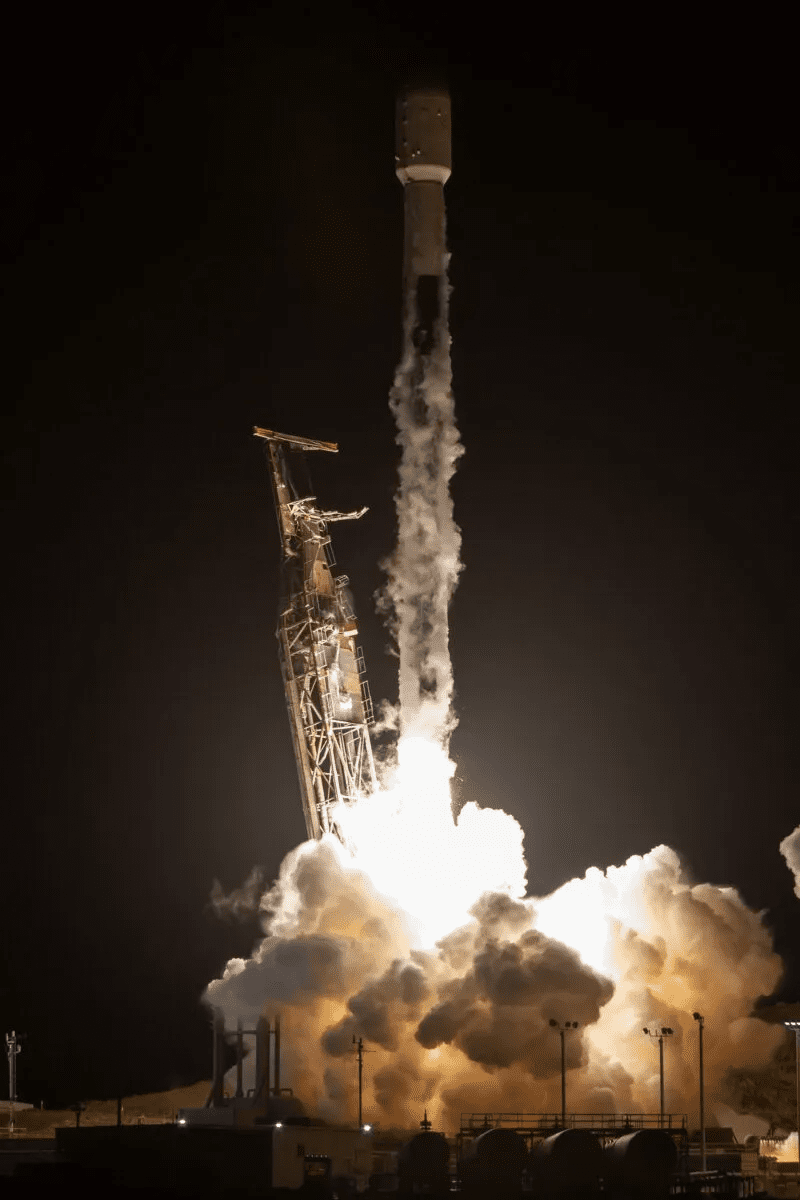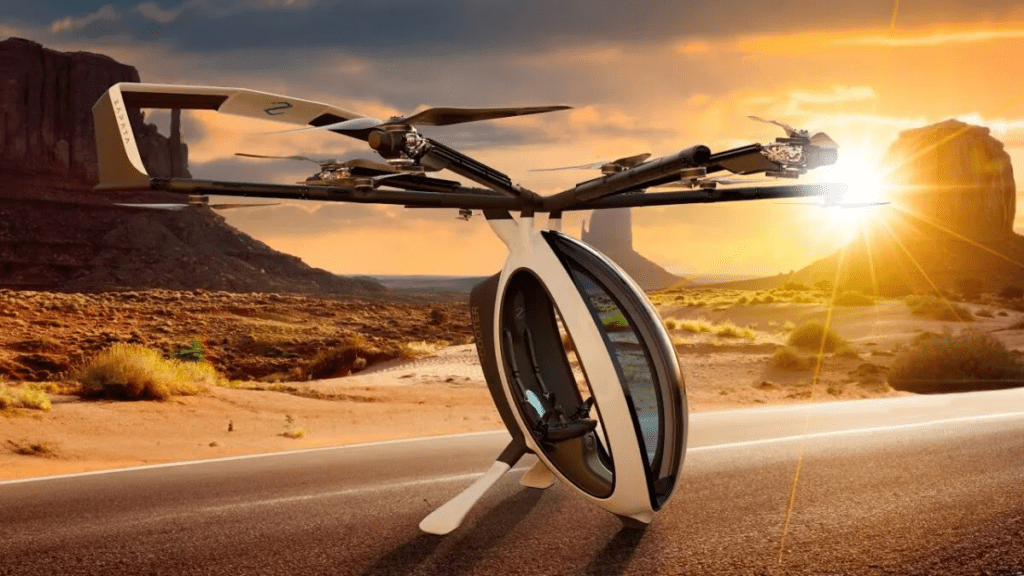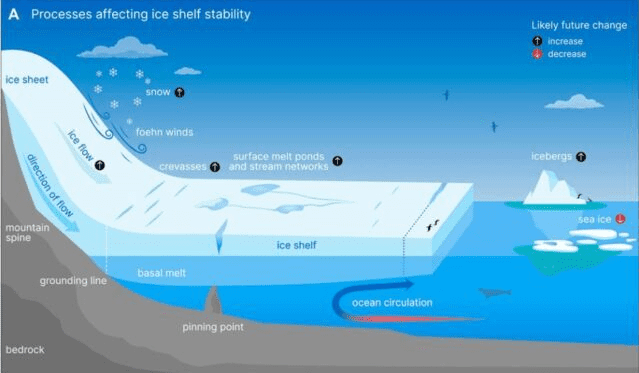SpaceX’s Falcon 9 rocket illuminated the Southern California night sky, following a delay due to Tropical Storm Hilary. Originally set to launch at 11 p.m. on Monday, the mission was rescheduled to 2:30 a.m. from Vandenberg Space Force Base. Despite a planned launch just after midnight on Thursday, both this and a subsequent Friday launch faced cancellations. The storm’s influence on the Pacific recovery operations of the first-stage booster was cited as the primary reason for the delay.
Once airborne, the rocket’s trail can be seen for hundreds of miles, especially during clear skies at dawn or dusk. This particular launch sent 21 Starlink internet satellites into low-Earth orbit. Remarkably, the first stage booster completed its 15th flight, landing on the “Of Course I Still Love You” droneship in the Pacific. SpaceX’s Starlink constellation, currently orbiting approximately 340 miles above Earth, aims to provide global high-speed internet. Under the right light conditions, these satellites form a luminous train across the night sky shortly after sunset or before sunrise. For optimal viewing, enthusiasts can utilize the FindStarlink tracker.
The recent launch took place on Tuesday, Aug. 22, at 5:37 a.m. EDT, marking the addition of 21 new Starlink satellites to the constellation. The launch had already been postponed from its initial date of Thursday, Aug. 17. Hurricane Hilary’s impact on rocket recovery operations resulted in a total delay of four days. SpaceX announced the delay on X (previously Twitter), highlighting the storm’s effect on their Pacific recovery operations. The company’s innovative approach involves landing the first-stage Falcon 9 boosters on a drone ship, approximately 8 minutes post-launch. A photograph captured the awe-inspiring moment of the rocket’s nocturnal ascent. The Falcon 9’s first stage successfully returned to Earth, touching down on the droneship about 8.5 minutes after its journey began.
Similar Post
This booster’s 15th launch and landing approach SpaceX’s reuse record, currently held by two other Falcon 9 first stages. To date, SpaceX has launched nearly 5,000 Starlink satellites into low Earth orbit. While this is an impressive feat, it’s just the tip of the iceberg for Elon Musk’s ambitious plans. The company has received approval to deploy 12,000 Starlink satellites and has sought permission for an additional 30,000. With such a dense satellite network, concerns about space traffic and collision-avoidance maneuvers are becoming increasingly critical. In just half a year, SpaceX’s Starlink satellites executed 25,000 collision-avoidance actions, indicating potential future challenges. As SpaceX’s spaceflight continues to revolutionize, the world watches with anticipation, understanding the balance of innovation and responsibility in the vast sky above.

















